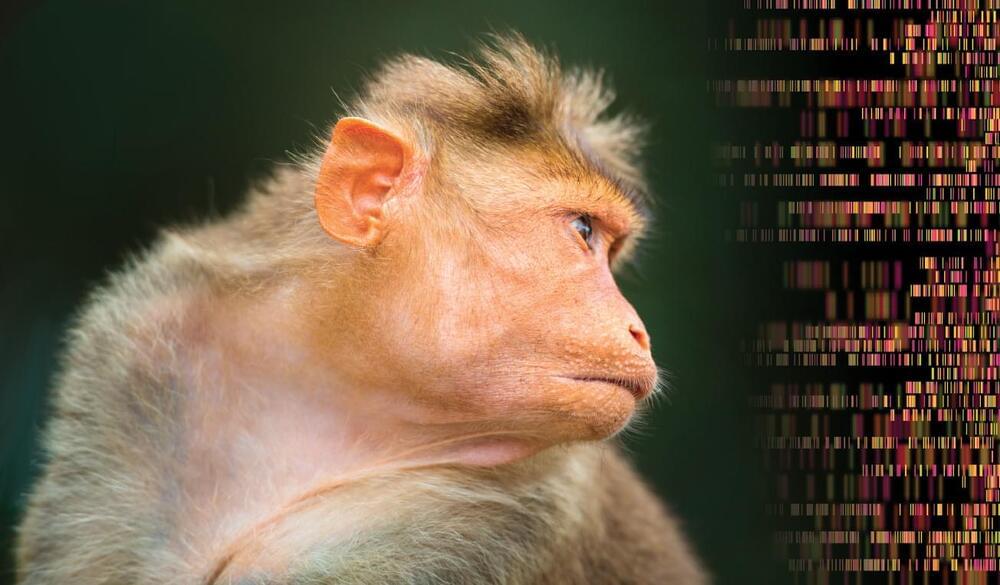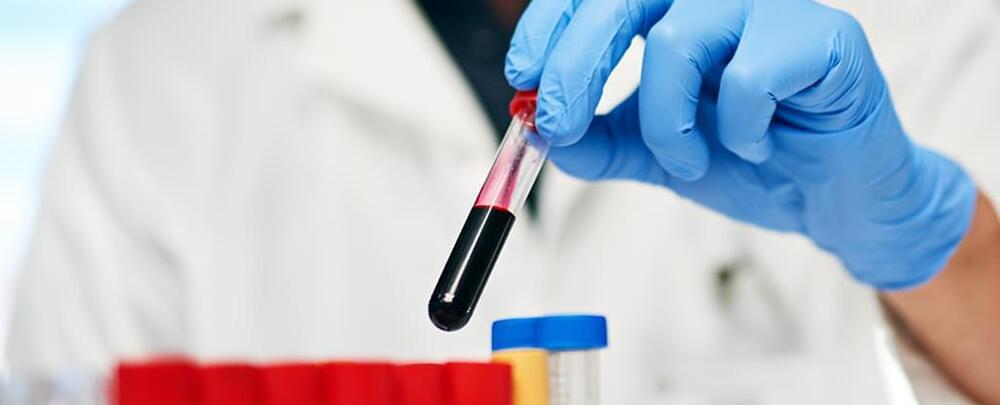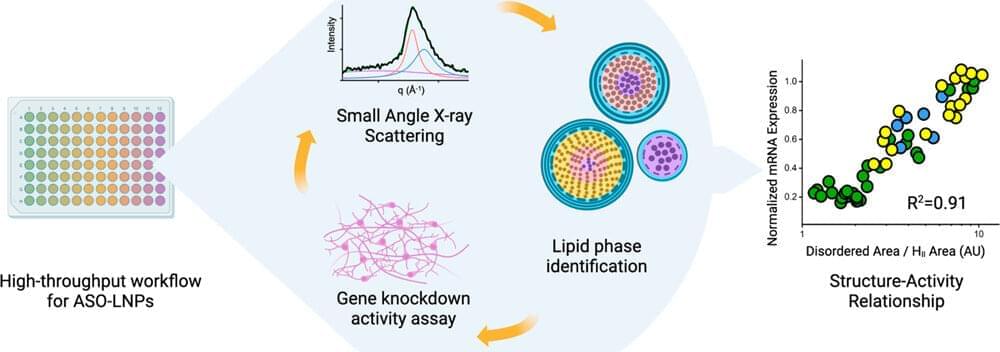This is a good use of AI. Definitely regular it but I can see it’s contributing to medical research.
Summary: Researchers have utilized artificial intelligence to uncover the promising potential of extra virgin olive oil (EVOO) in combating Alzheimer’s disease (AD).
By integrating AI, chemistry, and omics research, the study identified specific bioactive compounds in EVOO that could contribute to the treatment and prevention of AD. Ten phytochemicals within EVOO, such as quercetin, genistein, luteolin, and kaempferol, were found to exhibit potential impacts on AD protein networks.
The study adds to the growing evidence for the neuroprotective effects of a Mediterranean diet, rich in EVOO, in mitigating dementia and cognitive decline.









